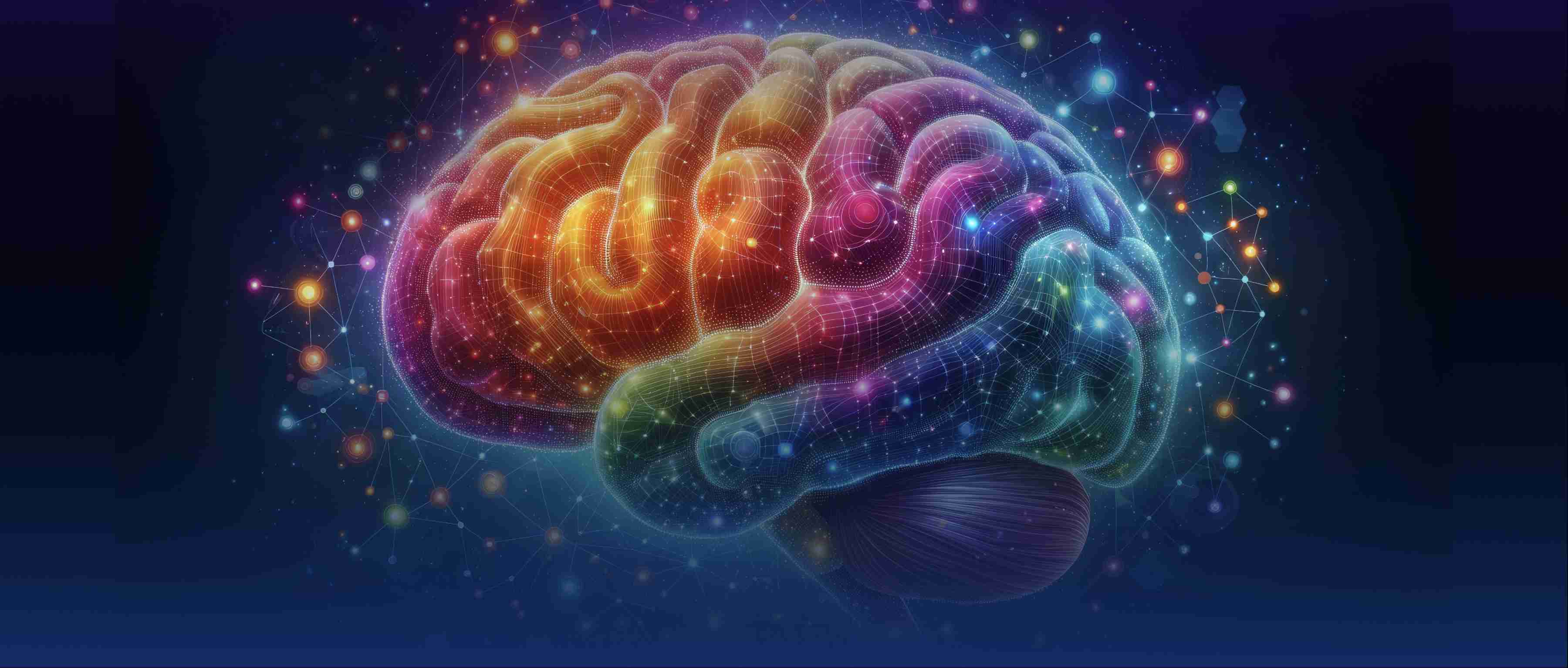Most OCR (Optical Character Recognition) algorithms work by converting images of text into machine-readable text. The process begins with preprocessing, which includes steps like binarization, noise removal, and segmentation of characters or words.
Algorithms then extract features, such as edges or contours, and match these against predefined templates or train a model using machine learning or deep learning techniques. Modern OCR systems, like Tesseract or EasyOCR, use deep learning models, such as LSTMs or CNNs, to recognize text with higher accuracy.
Postprocessing corrects errors by comparing recognized text to a dictionary or language model, ensuring more accurate results.
